Altamura is a small Italian city famous for its bread. Altamura bread has been known for thousands of years. Horace wrote about it in the 1st century BC. To this day, there are bakeries in the city whose history dates back several hundred years. The oldest of them has been operating continuously since 1417, still producing bread and foccata according to the same recipes and in the same oven as their ancestors. In more recent history, bread from Altamura became famous as the first food product included on the protected list by the European Union.
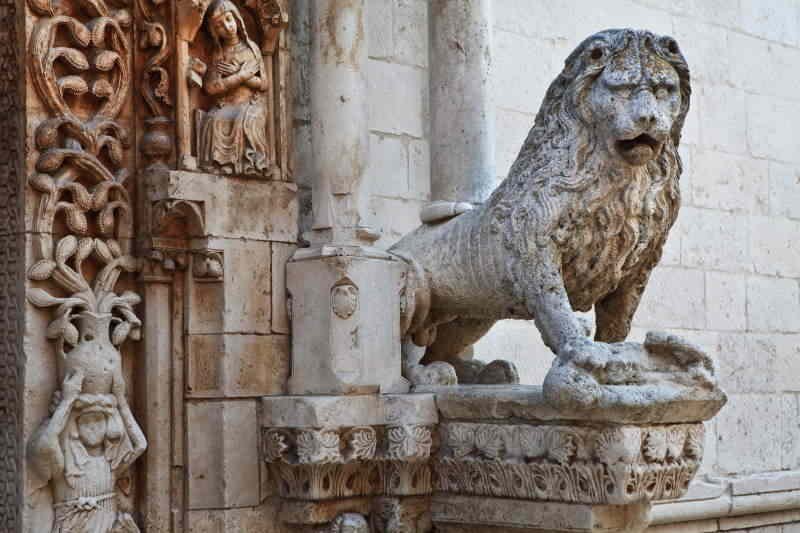
In addition to bread, tourists should go for a walk combined with a tour of the city. In the historic center stands the impressive majestic Cathedral of the Assumption in the Romanesque style of Puglia. It is also worth mentioning the church of St. Nicholas of the Greeks with his baptismal font from the 12th century, probably from Cappadocia. The city also has four museums: the National Archaeological Museum, the Ethnographic Museum of Rural Life, the A. B. M. C. (Archive, Library, Museum) and the Museo Tipografico Portoghese. Events and celebrations not to be missed include Federicus, the Feast of St. Irene and the Assumption and the Feast of Our Lady of Buoncammino.
Faomus Bread

Altamura is famous primarily for its delicious heart-shaped bread, known throughout Italy, which since 2005 has had the EU quality certificate Denominazione d’Origine Protetta, or DOP, analogous to DOCG in the case of wines, meaning that the product is manufactured in accordance with the strict requirements specifying origin of ingredients and place of production. This guarantees that the product was manufactured in the region it comes from.
Altamura bread is so good that it has been voted one of the most appreciated products of all time by Italians, as well as one of the 10 most appreciated breads in Italy, characterized by durum wheat semolina and a super crispy crust that pairs perfectly with dishes with other typical products from Puglia.
Piazza Duomo
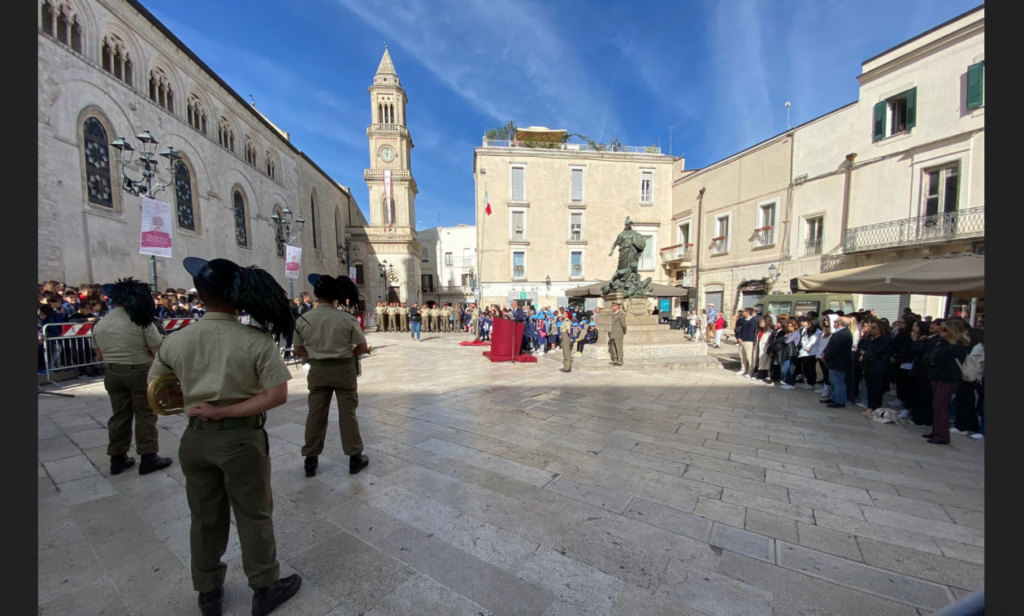
Piazza del Duomo is the main square of the city of Altamura. It is located in the center of the historic city center, as well as in the middle of the main street of the city, that is corso Federico II di Svevia. In the square stands the Altamura Cathedral, the city’s main church. It is also known for the fact that the Tree of Freedom was planted in this square during the so-called Altamur Revolution.
Altamura Cathedral

The Cathedral of Santa Maria Assunta is a very old church dating back to 1232 and was erected at the behest of Emperor Frederick II. The church in Gothic style, with all the pointed arches is the first and oldest monument in Altamura. The thing that characterizes more the church is that this was built on an old pagan temple dating back to the Saracens of which it is still possible to see the remains.
Altamura Diocesan Museum Matroneum
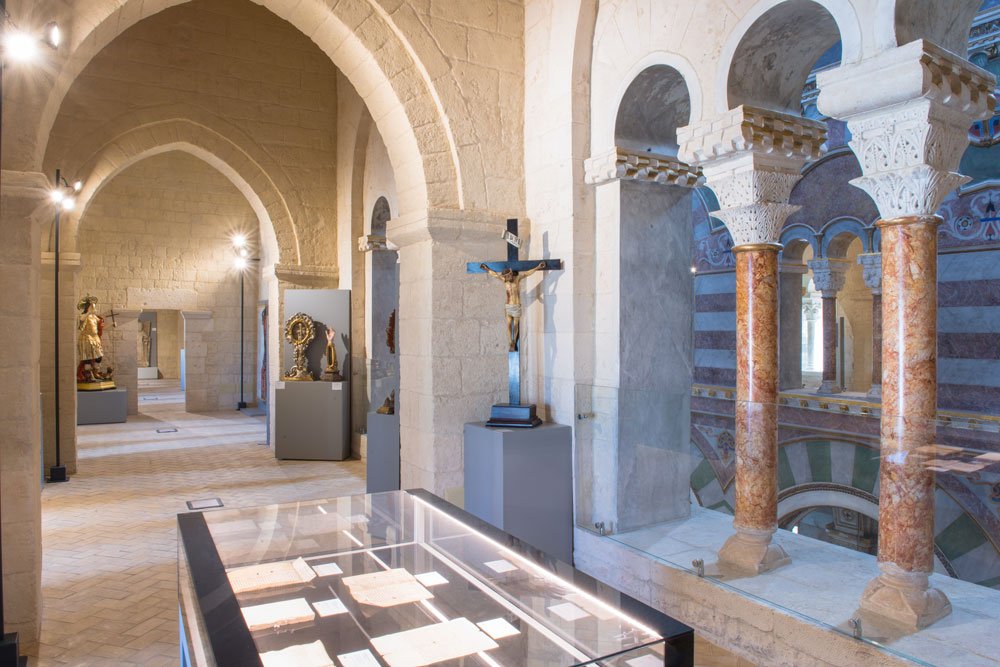
Altamura Diocesan Museum The Matroneum is a museum located inside the Altamura Cathedral. It is located on the second and third floors, in the so-called matroneum of the cathedral in Altamura. The museum includes, among others: sculptures from the Middle Ages, 15th and 16th centuries. The museum exhibits books, notarial letters, reliquaries and most of the cultural goods collected in the Altamura Cathedral over the centuries. Also exhibited is the so-called Murat’s coat.
Baldassarre Palace

Baldassarre Palace – Museum Network Probably built between the end of the 16th century. and the beginning of the 17th century, from the Baldassarre dynasty, master bricklayers and subsequently building contractors, the Palace represents an interesting example of civil construction with a 16th-17th century layout. Inside, an exhibition itinerary on the theme of the biological evolution of man, which focuses on the geological and climatic factors that are at the origin of the homination process, describing times, places, methods, randomness of evolution, with the aid of educational panels and replicas of the most important paleoanthropological finds.
Porta Bari
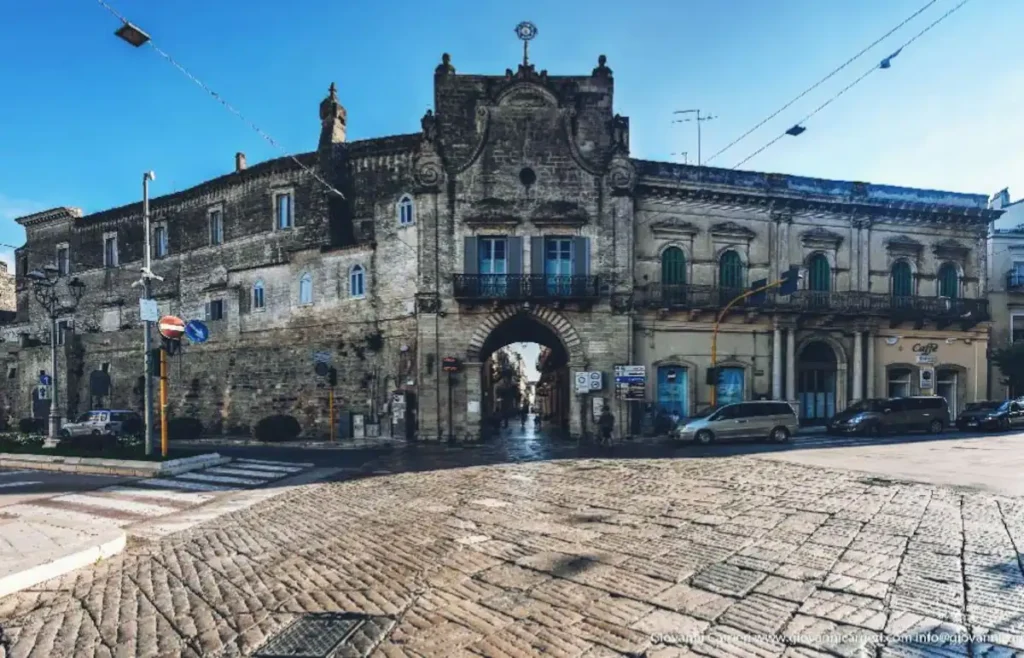
Porta Bari, previously called Porta de Bari, was one of the main gates of the city of Altamura before the city walls were demolished in the 19th century.

Megalithic Walls of Altamura
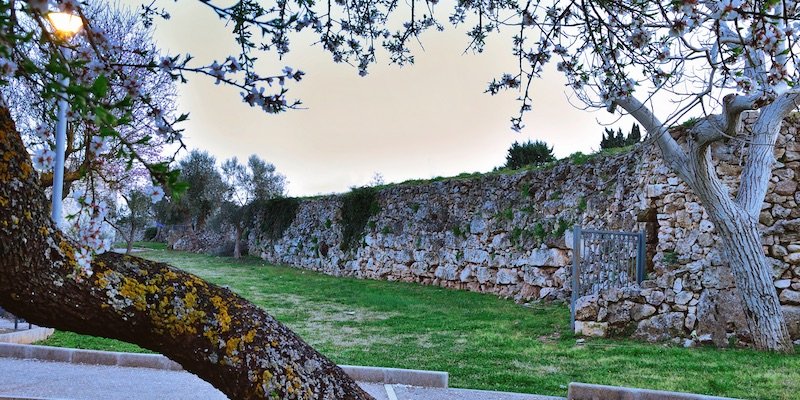
The Megalithic Walls were 4 km long, 6 m high and wide. Erected between the sixth and third centuries BC, they are still visible in some parts. They formed the city walls of the ancient city of Altamura.

Il Pulo
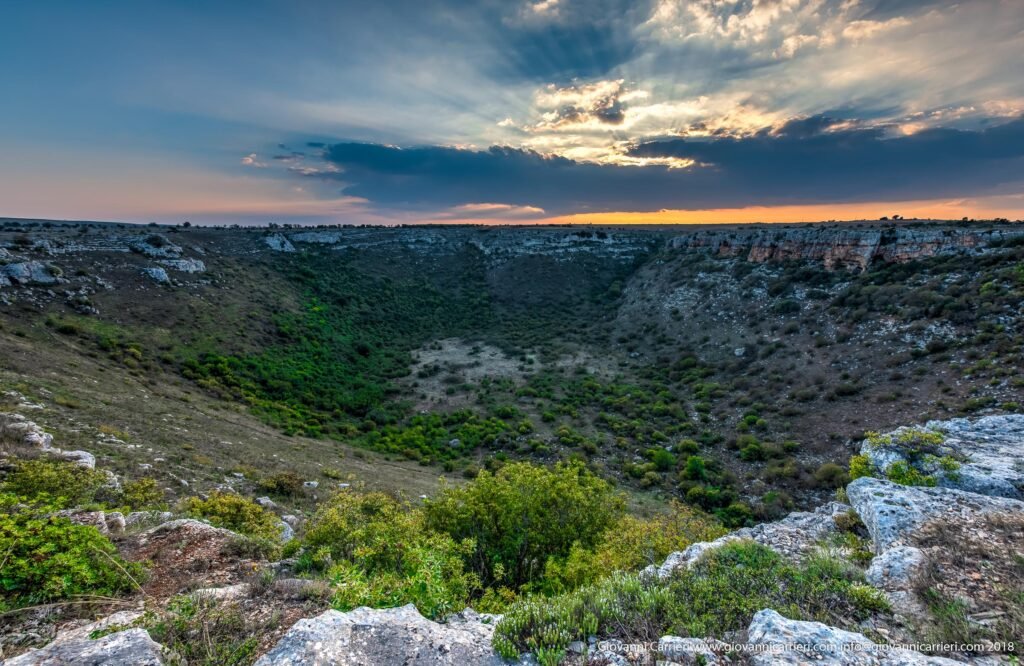

Pulo di Altamura is a doline located on the Murge plateau. It is the largest doline in that region and it is located about 6 kilometers (3.7 mi) north-west of the city of Altamura. It shares the local toponym pulo with other large dolines of the region, i.e. Pulicchio di Gravina, Pulo di Molfetta and Pulicchio di Toritto.
Hike-trekking to the Pulo of Altamura, in the National Park of Alta Murgia. The Pulo is nothing but a karst depression that appears as a large, deep crater of approximately elliptical shape at the top, carved into the limestone of the Murgia. You walk through aromatic plants, blades, sinkholes with the visit of two caves along the path with the help of electric lamps and flame with very suggestive and a visit to an old farmhouse (typical of Puglia) now abandoned.
Dinosaur Traces in Altamura
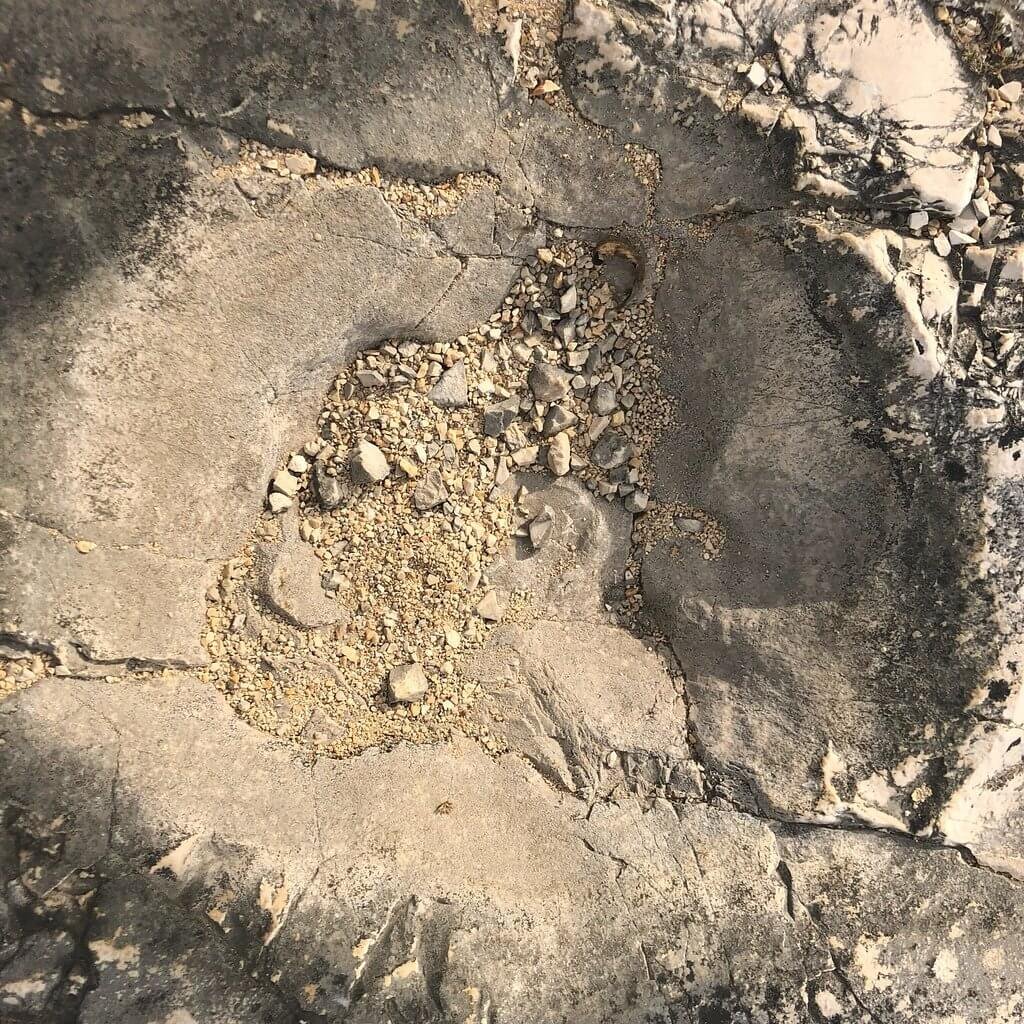
On May 10, 1999, a group of geologists commissioned with sedimentological research discovered thousands of footprints on the surface of Cava Pontrelli. This very important discovery was immediately reported to paleontologist Umberto Nicosia, who recognized the traces of dinosaurs in them, which could be dated to approximately 85 million years ago. This unique discovery has led over the years.
